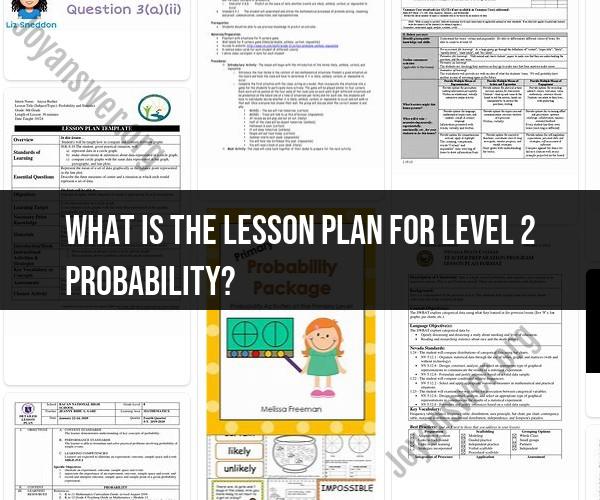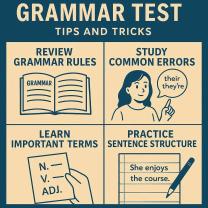What is the lesson plan for Level 2 probability?
Creating a level 2 probability lesson plan involves designing engaging activities that build on students' foundational understanding of probability concepts. Here's a sample lesson plan for a level 2 probability lesson:
Lesson Title: Exploring Probability - Level 2
Grade Level: 6-8
Duration: 60 minutes
Learning Objectives:By the end of this lesson, students will be able to:
- Define probability and understand its relevance in real-world scenarios.
- Identify and distinguish between experimental and theoretical probability.
- Calculate and interpret probability using fractions, decimals, and percentages.
- Apply probability concepts to solve practical problems.
Materials:
- Whiteboard and markers
- Printed worksheets with probability scenarios
- Dice
- Coin
Procedure:
Introduction (10 minutes):
Begin by asking students if they've ever heard of the term "probability." Discuss any prior knowledge they may have.
Define probability as the likelihood of an event occurring. Provide examples, such as flipping a coin, rolling a dice, or selecting a card from a deck.
Guided Practice (15 minutes):
Introduce the concept of theoretical probability. Explain that it's the expected probability based on a model or theory.
Discuss experimental probability, which is the probability based on actual observations or trials.
Use a coin and dice to demonstrate theoretical and experimental probability. For instance, roll a dice and record the results, then compare the observed frequencies to the expected frequencies (theoretical probability).
Activity - Probability Scenarios (20 minutes):
Distribute printed worksheets with various probability scenarios to students.
In pairs or small groups, students should analyze each scenario and determine the likelihood of the given event occurring.
Encourage students to express their answers as fractions, decimals, and percentages.
Review the scenarios as a class, discussing how different groups arrived at their solutions.
Independent Practice (10 minutes):
Provide students with a few additional probability problems to solve individually.
Circulate the classroom to assist students as needed.
Closure (5 minutes):
Recap the main points discussed in the lesson, including the distinction between theoretical and experimental probability.
Have students share any insights they gained or challenges they encountered while solving probability problems.
Emphasize the importance of probability in everyday situations, such as making decisions and understanding risk.
Assessment:
- Review completed worksheets and independent practice problems for accuracy.
- Evaluate students' participation during class discussions and group activities.
- Assign a homework assignment or online quiz to reinforce probability concepts.
Extension:For advanced students, introduce more complex probability concepts like conditional probability and independent/dependent events. Provide challenging probability puzzles or real-world scenarios that require critical thinking to solve.
Remember that the lesson plan can be adapted based on the specific needs of your students and classroom environment.











